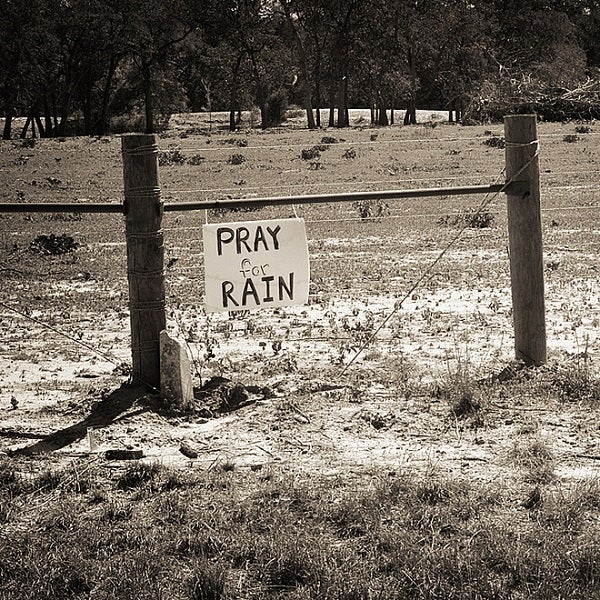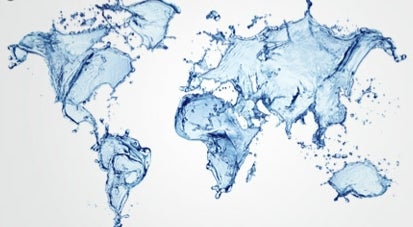The energy-water nexus has been gaining traction around the globe, including serving as the theme to this year’s World Water Day, and now we are finally seeing some movement on Capitol Hill.
In January, Senators Lisa Murkowski (R-Alaska) and Ron Wyden (D-Oregon) introduced S. 1971, the Nexus of Energy and Water for Sustainability Act of 2014, or NEWS Act of 2014. Foremost, the bill would establish an interagency coordination committee focused on the nexus between energy and water production, use, and efficiency. The NEWS Act of 2014 also proposes a cross-cutting budget mechanism to allow policymakers to see where funding is needed across various energy-water initiatives.
While the bill faces a particularly steep slope to passage (7% compared to an average overall 11% passage rate, according to GovTrack, a government transparency tracker), that it has been introduced at all is the first sign of a more comprehensive approach to the energy-water nexus at the highest levels. Read More





